- No products in the cart.
Irunine caps. 100mg 14 pieces
$21.11
Irunine caps. 100mg 14 pieces
Description
Composition
Active substance:
1 capsule contains:
Itraconazole pellets – 464 mg [itraconazole – 100 mg hypromellose (hydroxypropyl) – 130.17 mg methacrylic acid copolymer (Eudragit) – 16.26 mg methyl parahydroxybenzoate (Nipagin) – 0.08 mg propyl parahydroxybenzoate (Nipasol) – 0 01 mg, sugar crumbles – 163.17 mg, sucrose (sugar) – 54.31 mg].
Excipients:
Hard gelatin capsules number 0 yellow:
Titanium dioxide – 1.3333% quinoline yellow dye – 0.9197%, sunset yellow dye – 0.0044% gelatin – up to 100%.
Description:
Capsules yellow number 0. The contents of capsules – spherical pellets of white or nearly white.
Product form:
Capsules 100 mg. 5, 6, 7, 10, 14 or 15 capsules in blisters of the light-shielding polyvinyl chloride film and aluminum foil printed patent.
5, 6, 7, 10, 14, or 15 capsules per lighting glass jar with a whisk-type triangular BTS-closed lid tensioned with the sealing member.
Each bank or 1, 2 or 3 blisters together with instructions for use placed in a pile of cardboard.
Contraindications
Individual hypersensitivity to the drug or its components.
Simultaneous administration of drugs metabolized involving CYP3A4 enzyme: terfenadine, astemizole, mizolastine, cisapride, dofetilide, quinidine, pimozide, reductase inhibitors MMC-CoA such as simvastatin and lovastatin, triazolam, and midazolam (see also section “Interactions with other drugs. “).
Precautions: children’s age, severe heart failure, liver disease (including hepatic insufficiency accompanied), chronic renal insufficiency.
Indications
ringworm; fungal keratitis; onychomycosis caused by dermatophytes and / or yeasts and molds; systemic mycosis: systemic aspergillosis and candidosis, cryptococcosis (including cryptococcal meningitis), histoplasmosis, sporotrichosis, paracoccidioidomycosis, blastomycosis and other systemic mycoses or tropical; candidiasis with skin lesions or mucous membranes, including vulvovaginal candidiasis; deep visceral candidiasis; chromophytosis.
Interaction with other drugs
1. Drugs affecting the metabolism of itraconazole. It was studied the interaction of itraconazole with rifampicin, rifabutin and phenytoin.
Concomitant use of itraconazole with these drugs that are potent inducers of hepatic enzymes, it is not recommended. Studies of interaction with other hepatic enzyme inducers, such as carbamazepine, phenobarbital and isoniazid not performed, but similar results can be expected.
Since itraconazole is mainly metabolized by the enzyme CYP3A4, potent inhibitors of this enzyme may increase the bioavailability of itraconazole.
Examples include ritonavir, indinavir, clarithromycin and erythromycin. 2. The effect of itraconazole on the metabolism of other drugs.
Itraconazole can inhibit the metabolism of drugs, cleavable by the enzyme CYP3A4. This may result in gain or prolongation of their actions, including side effects.
Drugs that should not be administered concurrently with itraconazole:
Terfenadine, astemizole, mizolastine, cisapride, triazolam and oral midazolam, dofetilide, quinidine, pimozide, inhibitors of HMG-CoA reductase inhibitors such as simvastatin and lovastatin.
Calcium channel blockers can have a negative inotropic effect, which can amplify the same effect exhibited by itraconazole. When simultaneous administration of itraconazole and calcium channel blockers should be careful because the metabolism of calcium channel blockers can be lowered.
Preparations in the appointment which is necessary to monitor their concentration in plasma and the action, side effects.
In the case of co-administration with itraconazole dose of these preparations, if necessary, should be reduced.
Oral anticoagulants;
HIV protease inhibitors such as ritonavir, indinavir, saquinavir;
Some anticancer drugs such as vinca alkaloids, busulfan, docetaxel, trimetrexate;
CYP3A4 enzyme cleavable calcium channel blockers such as verapamil;
Certain immunosuppressive agents: cyclosporine, tacrolimus, sirolimus;
Other drugs: digoxin, carbamazepine, buspirone, alfentanil, alprazolam, brotizolam, rifabutin, methylprednisolone, ebastine, reboxetine.
Interactions between itraconazole and zidovudine and fluvastatin is not revealed.
There was no effect of itraconazole on the metabolism of ethinyl estradiol and norethisterone. 3. Effects on the binding of proteins.
in vitro studies have demonstrated a lack of competition between itraconazole and drugs such as imipramine, propranolol, diazepam, cimetidine, indomethacin, tolbutamide and sulfadimidine upon binding to plasma proteins.
Overdose
Data not available. As to gastric lavage and, if necessary, appoint activated carbon, symptomatic treatment during the first hour.
Itraconazole not appear in hemodialysis. Any specific antidote does not exist.
pharmachologic effect
Pharmacological group:
Antifungal agent.
Pharmacodynamics:
Itraconazole – synthetic antifungal broad-spectrum triazole derivative. Inhibits the synthesis of ergosterol cell membrane of fungi that causes the antifungal effect of the drug.
Itraconazole is active against infections caused by dermatophytes (Trichophyton spp., Microsporum spp., Epidermophyton ftoccosum), yeast fungi and yeasts (Cryptococcus neoformans, Pityrosporum spp., Candida spp., Including
C. albicans, C. giabrata and C. krusei); Aspergius spp., Histoplasma spp., Paracoccidioides brasiliensis, Sporothrix schenckii, Fonsecaea spp., Cladosporium spp., Blastomyces dermatitidis, as well as other yeasts and molds.
Pharmacokinetics:
Upon oral administration maximal bioavailability of itraconazole observed when taking the capsules immediately after a heavy meal. Maximum plasma concentration is achieved within 3-4 hours after ingestion. Deducing from the plasma is biphasic with a finite half-life of from 1 to 1.5 days. Chronic administration of the equilibrium concentration achieved within 1-2 weeks. The equilibrium concentration of itraconazole in plasma within 3-4 hours after administration of 0.4 .mu.g / ml (100 mg when administered once a day), 1.1 ug / ml (200 mg when administered once a day) and 2, 0 ug / ml (200 mg when receiving twice a day). Itraconazole is 99.8% bound to plasma proteins.
The accumulation of the drug in the keratinous tissues, particularly the skin, approximately 4 times greater than the accumulation in the blood plasma, and its excretion rate depends on the regeneration of the epidermis.
In contrast to plasma concentrations that are not detectable after 7 days after discontinuation of therapy, therapeutic concentrations in skin persist for 2-4 weeks after stopping the 4-week course of treatment. Itraconazole is found in nail keratin already one week after initiation of treatment and stored for at least 6 months after 3 months of therapy. Itraconazole is also defined in the sebum and to a lesser extent in perspiration.
Itraconazole is distributed well in the tissues that are susceptible to fungal attack. The concentrations in the lungs, kidneys, liver, bone, stomach, spleen and muscle of two to three times higher than corresponding concentrations in plasma.
Therapeutic concentrations in the vaginal tissues preserved for a further 2 days after 3 days of treatment at a dose of 200 mg per day, and 3 days after the day course of treatment in a dose of 200 mg twice a day.
Itraconazole is metabolized by the liver to form a large number of metabolites. One of these metabolites is hydroxy-itraconazole, which has comparable with itraconazole antifungal activity in vitro. Antifungal drug concentration determined by microbiological method, about 3 times higher than the concentrations measured by HPLC.
Is output through the gastrointestinal tract, from 3 to 18% of the dose. Renal excretion is less than 0.03% of the dose. Approximately 35% of the dose is released in the form of metabolites in the urine within 1 week.
Pregnancy and breast-feeding
Irunin® pregnant women should be used only if the expected benefit to the woman outweighs the potential risk to the fetus. Since a small amount of itraconazole is excreted in breast milk, in the period of treatment should abandon breastfeeding.
Conditions of supply of pharmacies
On prescription.
side effects
On the part of the gastrointestinal tract: dyspepsia, nausea, abdominal pain and constipation, reversible elevation of liver enzymes, cholestatic jaundice, hepatitis, anorexia. In very rare cases, the application Irunina® develop severe hepatotoxicity, including cases of acute liver failure with a fatal outcome;
Central nervous system: headache, fatigue, dizziness, peripheral neuropathy;
Cardio – vascular system: congestive heart failure and pulmonary edema;
From other organs and systems menstrual disorders, allergic reactions (such as itching, rash, urticaria and angioedema) syndrome
Stevens-Johnson syndrome, alopecia, hypokalemia, edema, staining of urine in a dark color, hypercreatininemia.
special instructions
– Women of childbearing age receiving Irunin® adequate contraceptive measures during the course of treatment should be used until the onset of the first menstrual period after its completion. – In the investigation of the intravenous dosage form of the preparation of itraconazole observed transient asymptomatic decrease in left ventricular ejection fraction, normalized to the next infusion. – It was found that itraconazole has a negative inotropic effect.
Reported cases of heart failure associated with taking
Irunina®. Irunin® should not take patients with chronic heart failure, or with the presence of this disease in history except for the cases when the potential benefit outweighs the potential risk significantly. – calcium channel blockers can have a negative inotropic effect, which can enhance this effect itraconazole; itraconazole can reduce the metabolism of calcium channel blockers. At the same time taking itraconazole and calcium channel blockers should be careful. -I patients with renal insufficiency bioavailability of itraconazole can be reduced, which may require dose adjustment. – At low acidity of gastric absorption of itraconazole is broken.
Patients taking antacids (e.g., aluminum hydroxide), it is recommended to use them not earlier than 2 hours after ingestion of capsules
Irunina®. In patients with achlorhydria or applying histamine H2-blockers or proton pump inhibitors, it is advised to take Irunina® capsules with acidic beverages. – In very rare cases, the application Irunina® develop severe hepatotoxicity, including cases of acute liver failure with fatal consequences. This occurred with patients who have already had liver disease, and in patients who received other drugs having hepatotoxic effect. Several such cases have arisen in the first month of therapy, and some – in the first week of treatment. In this connection, it is recommended to regularly monitor liver function in patients receiving treatment with itraconazole. – Treatment should be discontinued in case of neuropathy occurs that may be associated with taking Irunina®. – No data on cross-hypersensitivity to itraconazole and other azole antifungal agents. Irunin® capsules should be used with caution in patients with hypersensitivity to other azoles. – In patients with impaired immunity (AIDS, after organ transplantation, neutropenia) may require increased doses of Irunina®.
Effects on ability to drive and operate machinery
It was not observed.
Storage conditions
At a temperature of not higher than 25 C.
Keep out of the reach of children.
Dosing and Administration
Inside, after a meal.
Vulvovaginal candidiasis: 200 mg 2 times a day, 1 day or 200 mg 1 time per day for 3 days.
Pityriasis versicolor 200 mg 1 time per day for 7 days.
Dermatomycoses smooth skin 200 mg 1 time per day for 7 days or 100 mg 1 time per day for 15 days.
Fungal keratitis 200 mg 1 time per day for 21 days.
Lesions vysokokeratinizirovannyh skin areas such as the hands and feet, require additional treatment for 15 days at 100 mg per day.
Oral candidiasis 100 mg 1 time per day for 15 days.
Itraconazole bioavailability when given orally can be reduced in some patients with compromised immune systems, for example, in neutropenic patients, AIDS patients or transplant organs. Therefore, it may require a doubling of the dose.
Onychomycosis. Pulse therapy.
One course of pulse therapy is daily intake Irunina® 2 capsules twice a day (200 mg twice a day) for a week.
two courses recommended for the treatment of fungal infections of the nail plate brushes. For the treatment of fungal infections of the nail plate is recommended to stop three courses. The gap between courses, during which it is not necessary to take the drug, up to 3 weeks.
Clinical results become apparent after treatment, as regrowth of the nail.
Onychomycosis. Continuous treatment.
Two capsules per day (200 mg once daily) for 3 months.
Irunina® excretion from skin and nail tissue is slower than from plasma. Thus, the optimal clinical and mycological effects are achieved within 2-4 weeks after the treatment of skin diseases and 6-9 months after completion of treatment of nail diseases.
Systemic fungal infections (recommended dosage varies depending on the type of infection).
Aspergillosis: 200 mg 1 time a day, the course of 2-5 months.
Candidiasis: 1 100-200 mg once daily, a course of 3 weeks to 7 months.
Cryptococcosis (except meningitis): 200 mg 1 time a day, the course of 2 months to 1 year.
Cryptococcal meningitis: 200 mg twice a day, the course of 2 months to 1 year.
Histoplasmosis: 200 mg 1 time per day to 200 mg 2 times daily, a course of 8 months.
Sporotrichosis: 100 mg 1 time a day, the course of 3 months.
Paracoccidioidomycosis: 100 mg 1 time a day, the course of 6 months.
Chromomycosis: 100-200 mg 1 time a day, the course of 6 months.
Blastomycosis: 100 mg 1 time per day to 200 mg twice daily, a course of 6 months.
Information
Appearance may differ from that depicted in the picture. There are contraindications. You need to read the manual or consult with a specialist
Additional information
| Weight | 0.100 kg |
|---|---|
| Manufacturer | VEROPHARM LEK |

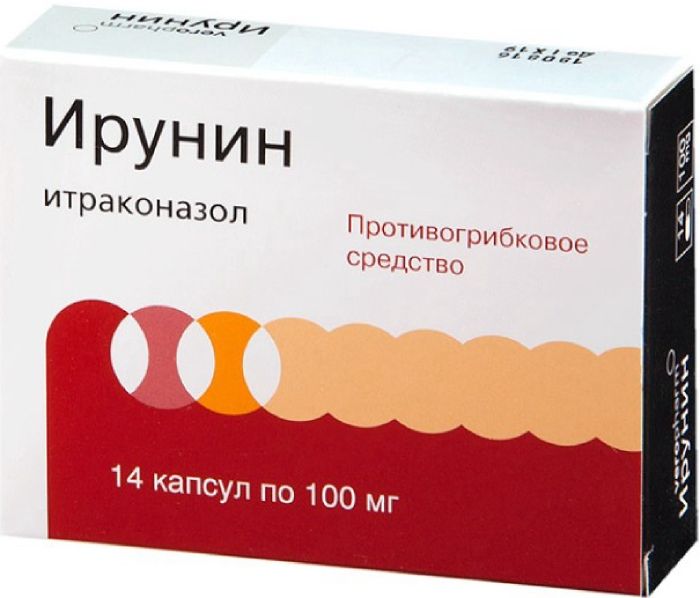

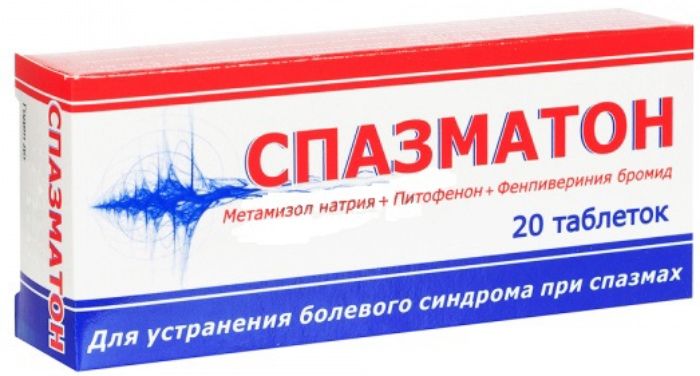
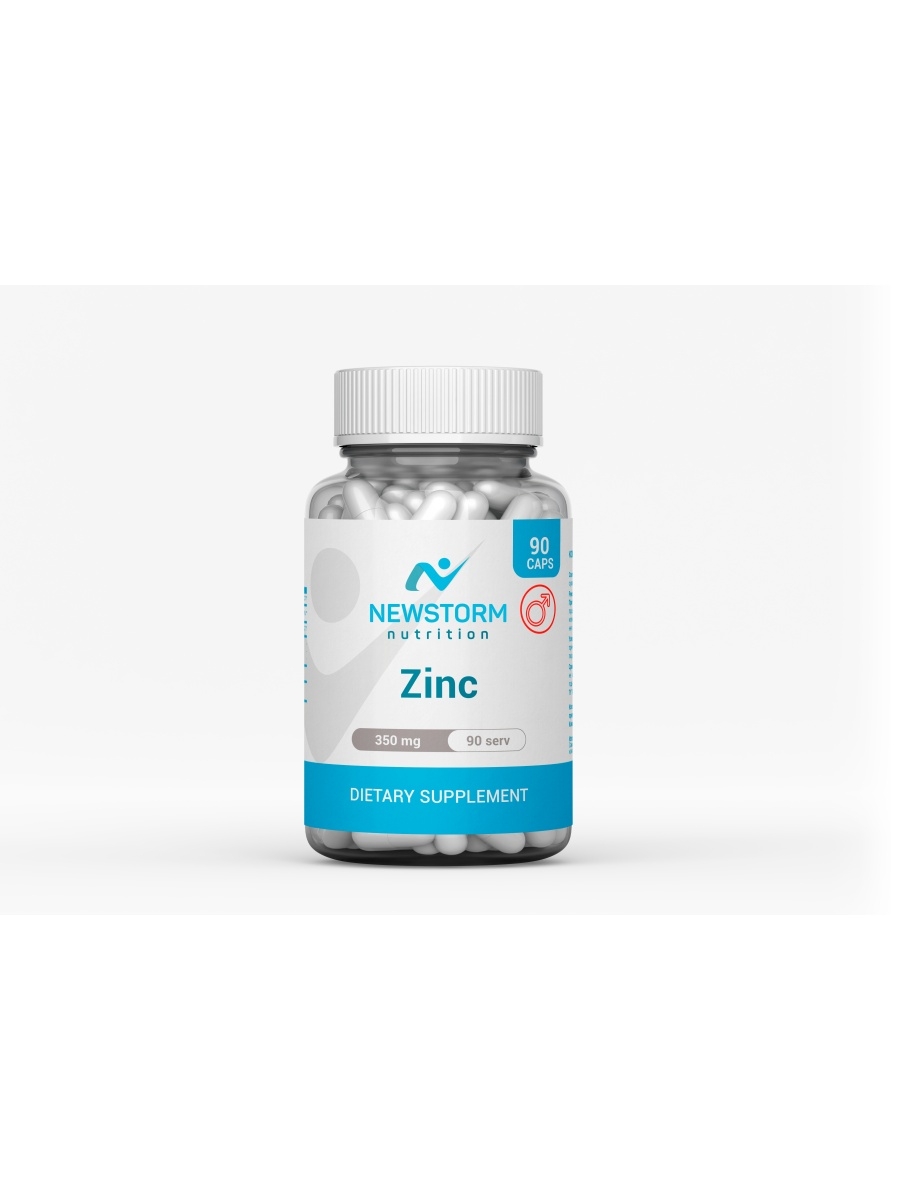
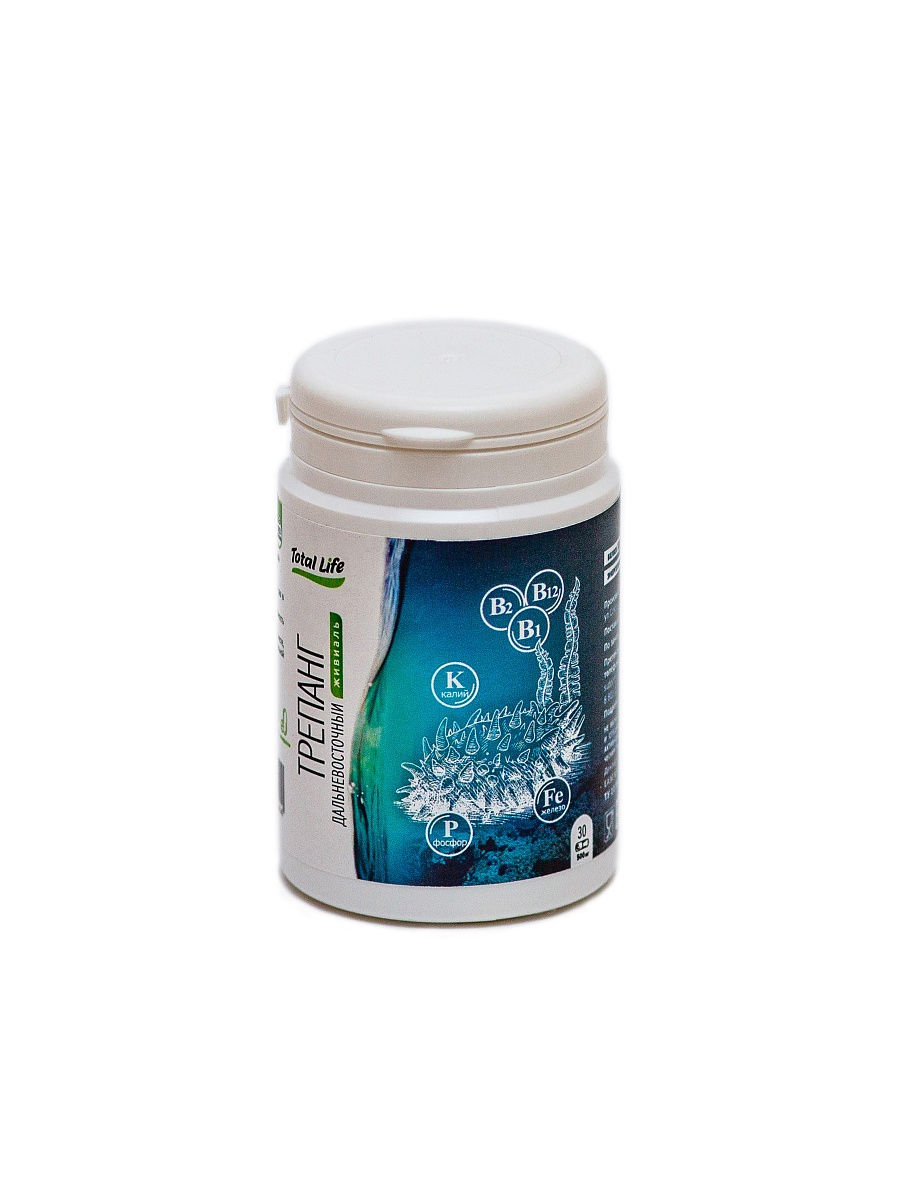

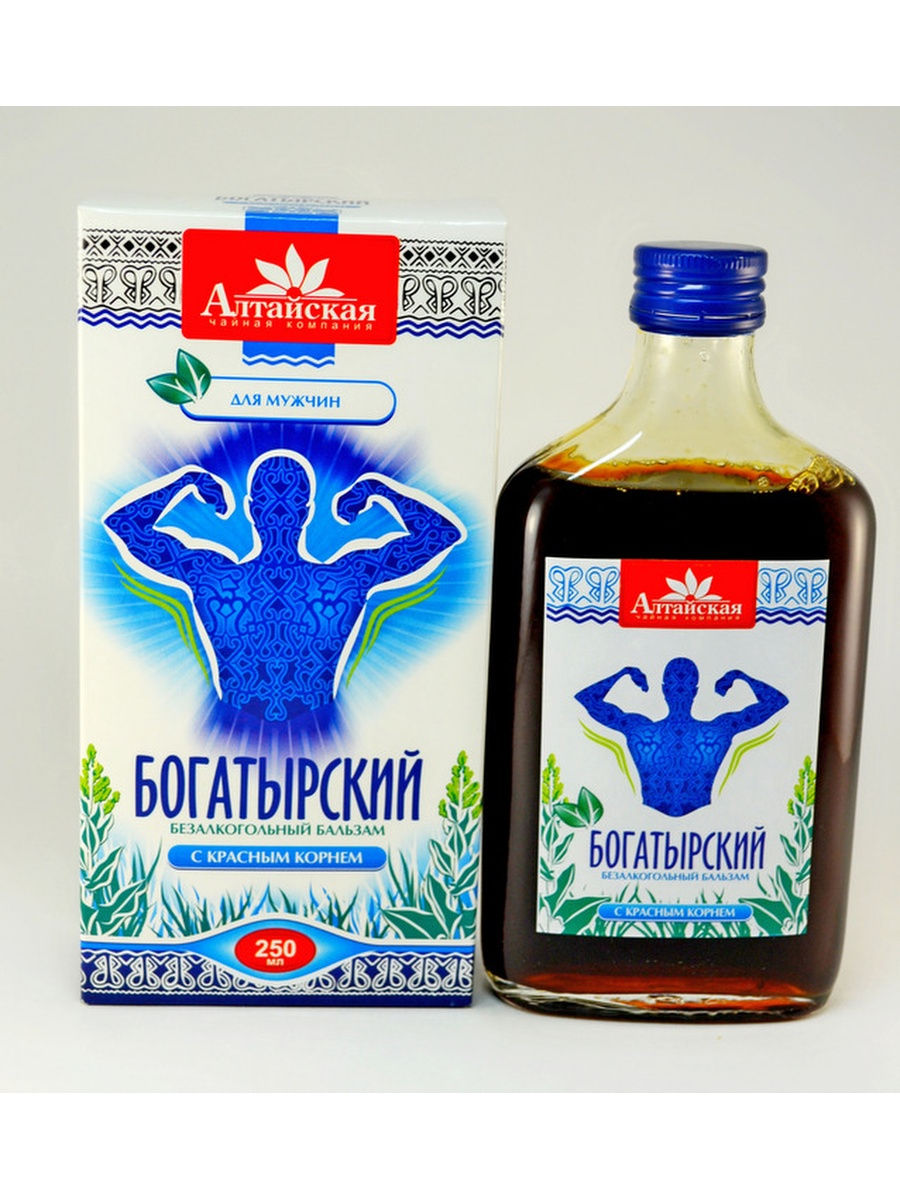
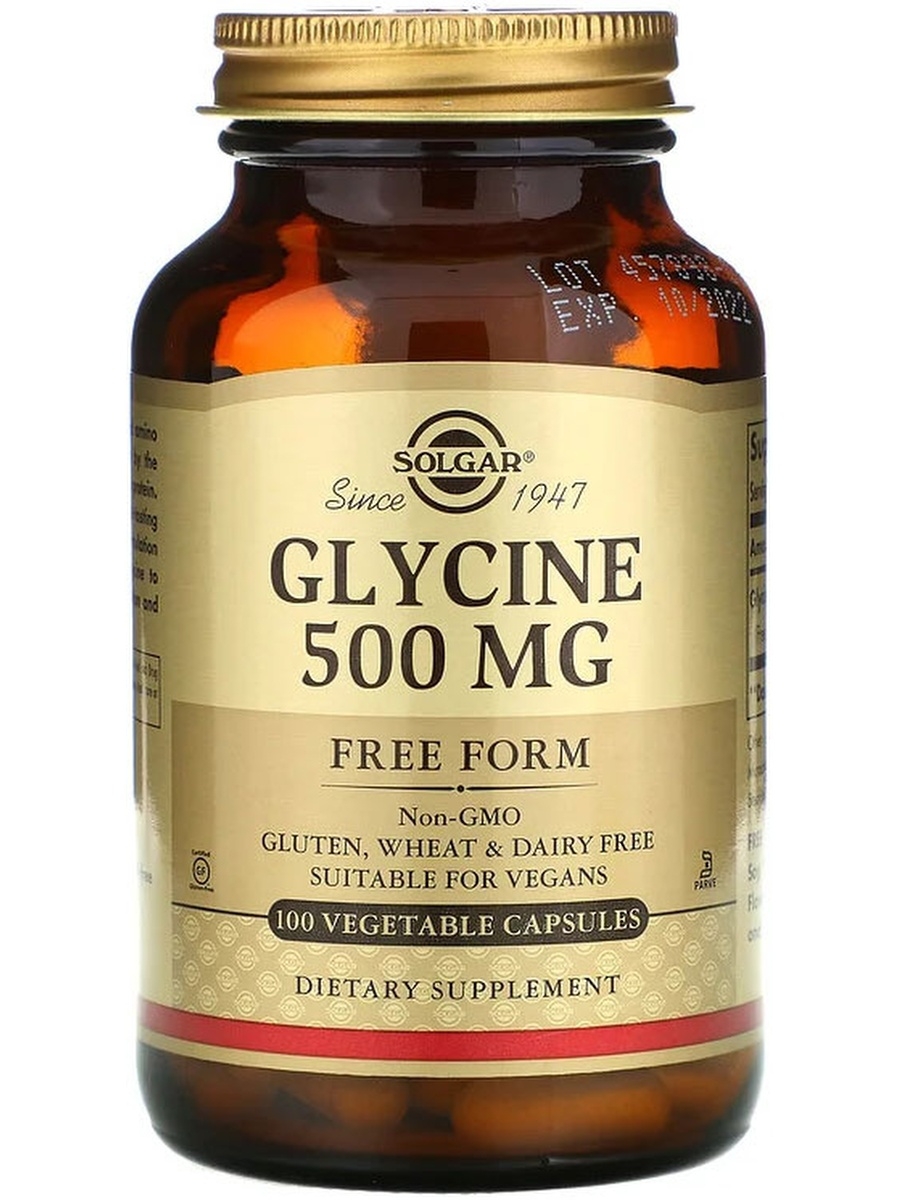





There are no reviews yet.